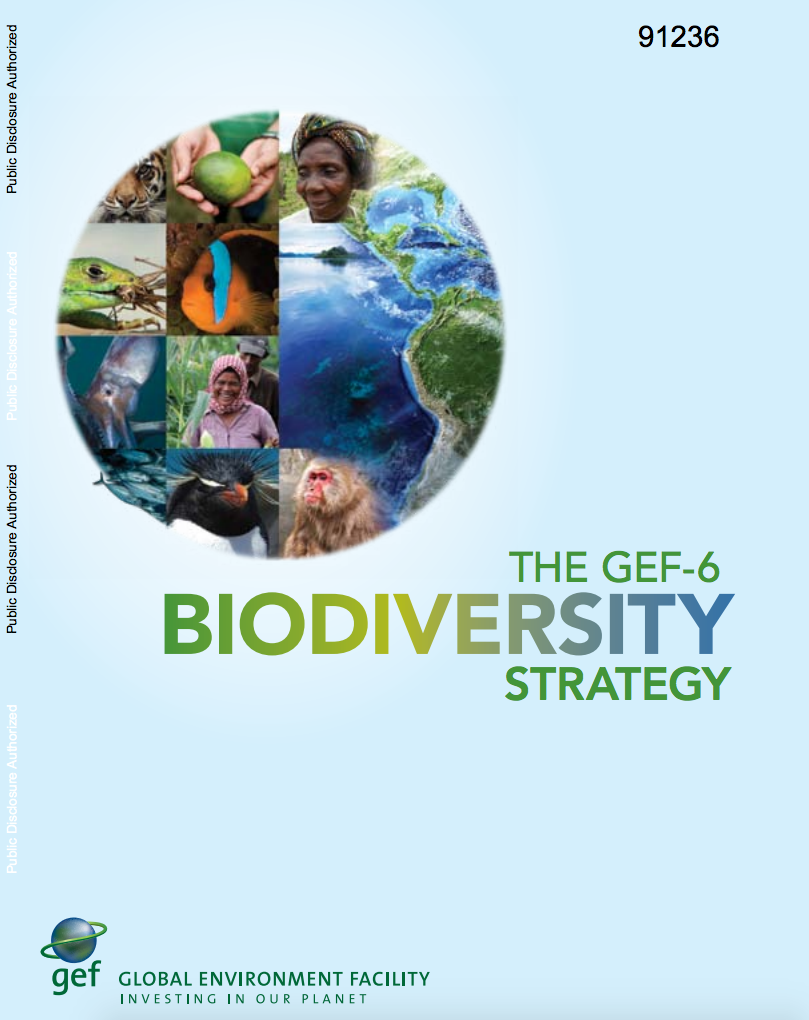Low-Carbon Development : Opportunities for Nigeria
The Federal Government of Nigeria (FGN)
has formulated an ambitious strategy, known as Vision 20:
2020, which aims to make Nigeria the world s 20th largest
economy by 2020. This book argues that there are many ways
that Nigeria can achieve the Vision 20: 2020 development
objectives for 2020 and beyond, but with up to 32 percent
lower carbon emissions. A lower carbon path offers not only
the global benefits of reducing contributions to climate


